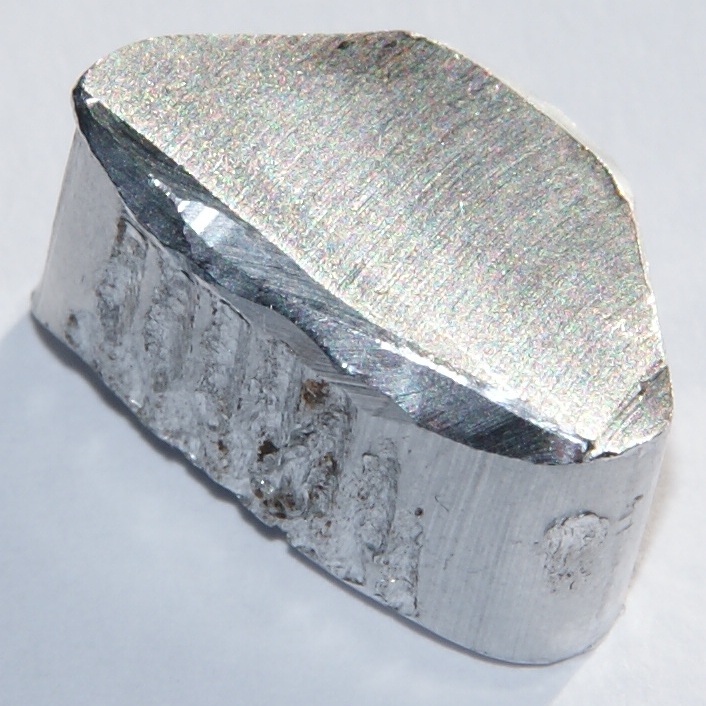RFP 23-01
RFP 23-01 sought technology proposals for RD&D projects, as well as traditional R&D projects.
This Opportunity is Now Closed
Projects have been Selected
ADDITIONAL RFP 23-01 RESOURCES
INFO SESSION-RELATED RESOURCES
Impact Calculator
Project Teaming
CALCULATING PROJECT / PROPOSAL BENEFITS
To help proposers calculate material efficiency and embodied energy benefits for their proposals and projects, REMADE has developed an Excel-based project impact calculator. The Project Impact Calculator is currently in beta testing though it has been revised into a updated version. The use of this tool is not mandatory, and proposals that opt not to use the tool will not be penalized; however, they will still need to calculate the energy, emissions, and material efficiency benefits for their proposal. If proposal teams use embodied energy or emissions data that is different than what was provided in the calculator, please reference the data source and detail any assumptions that went into these calculations to enable validation of these benefits.
To help REMADE refine the capabilities of the calculator and broaden its database of energy and emissions data, REMADE welcomes energy and emissions data that REMADE Members or third parties are willing to provide REMADE for use in the calculator.
Connect & Network With Other Potential Teams!
The RFP Project Teaming Live Sessions were held on March 8 and 9, 2023 at 1:00pm ET. As part of our recently announced Request for Proposals, the REMADE Institute is in a unique position to unite industry innovators, academic researchers and national labs with the goal of facilitating impactful projects that drive the Circular Economy.




